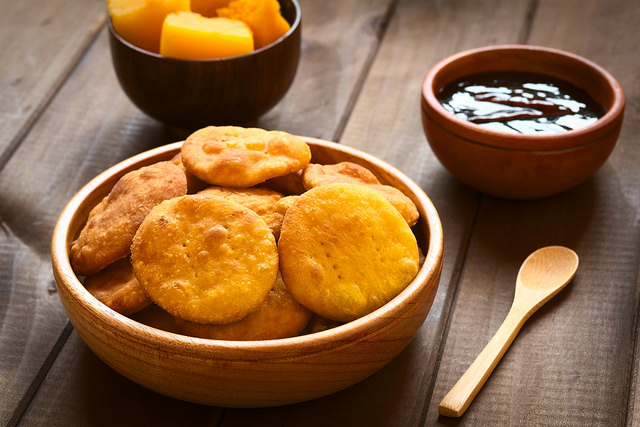June 24 will mark the winter solstice, which in Chile means that the shortest day of winter is upon us. From here on out, the days can only get brighter, a fact that’s not lost on one of Chile’s most dominant indigenous communities, the Mapuche people. The winter solstice coincides with the celebration of We Tripantu, where Mapuche communities up and down the length of Chile welcome the birth of the new sun. Here we take a look at how the celebrations unfold and see where you can experience We Tripantu for yourself.

What’s It All About?
For Chile’s indigenous Mapuche people, We Tripantu is a kind of New Year celebration. The coming of the shortest day and the longest night symbolises the end of the harvesting period of the previous year and the beginning of the new sowing cycle. According to the Mapuche vision of the world, the new sun is born in winter and begins to grow throughout the spring before reaching the prime of its life at the height of summer and fading away again as fall draws on. That’s what makes the winter solstice so important since it marks the moment of the sun’s rebirth.
Celebrations and Music
We Tripantu celebrations may officially begin with the winter solstice on the 21st of June but they well and truly kick off on the evening of the 23rd of June, where family members and the extended community gather together around a fire or stove to eat, drink and tell traditional stories. Folk music is played throughout the night on Mapuche instruments like the tructruca horn, the pifilca flute and the cultrún drum. As the first birds begin to sing around dawn, people head down to nearby rivers and streams to wash and cleanse away anything negative they’ve picked up throughout the year; disease, evil thoughts, bad spirits... it all gets washed away with the river, leaving bathers ready to be renewed by the young sun as it rises for the first time that year.
Food
Food is an important part of any celebration and We Tripantu is no exception. Meats - including chicken, pork, lamb, beef and even horse - are roasted on the fire and traditional delicacies are prepared. Those celebrating drink muday, a cloudy alcoholic drink made from fermented maize or wheat and eat catutos (fried or boiled dough treats dipped in honey), sopaipillas (deep-fried discs of pumpkin dough) and a kind of dense unleavened bread cooked in the embers of the fire. Mote, made from boiled, husked wheat, is also eaten to celebrate We Tripantu.

Sports, Games and Dancing
Throughout the day of the 24th June, adults and children alike take part in games and dancing. Small children play awar kuden, a betting game using colourful dried beans. Older children and teenagers play palín, a game similar to hockey where two teams of five to fifteen players used curved sticks to hit a leather ball. All members of the community join in with traditional Mapuche dances like the purrún and the mazatún.
Where to Join In
If you’re on a whistle-stop tour of Chile, you might miss out on the chance to get to know some of Chile’s indigenous communities that can go unseen amongst the shining skyscrapers of the capital city Santiago. But We Tripantu is an increasingly mainstream affair, with Chileans and visitors alike using this celebration as the perfect excuse to learn more about Mapuche culture. Although the main action tends to go down in the Chilean Lake District, which has long been the stronghold of the Mapuche community, you can also find activities in Santiago and throughout the country. Here are a few places you can check out We Tripantu celebrations in Chile:
If you would like to tailor-make an itinerary to include a We Tripantu celebration, just let our reservations team know so that they can make something special for you. Write to us at reservations@cascada.travel. As always, if you liked this article - share it - and stay tuned for more like this.















